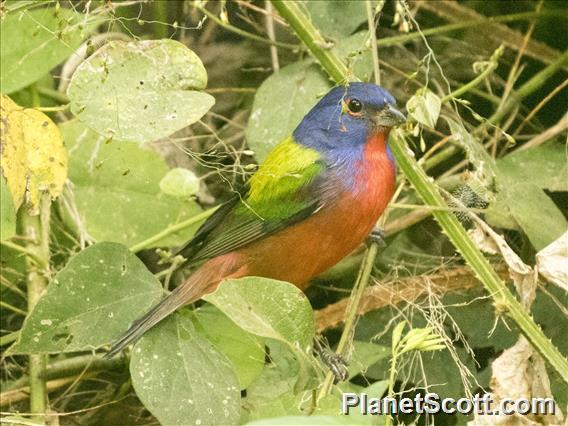Painted Bunting (Passerina ciris)

Painted Bunting (Passerina ciris)
×


Painted Bunting (Passerina ciris)
About Painted Bunting (Passerina ciris)
- Kingdom: Animals
- Phylum: Chordates
- Class: Birds
- Order: Perching Birds
- Family: Cardinals and Allies
The painted bunting is a species of bird in the cardinal family, Cardinalidae. It is native to North America. The bright plumage of the male comes only in the second year of life; in the first year, they can be distinguished from the female only by close inspection.
Source: Wikipedia
Lifelists
Visits
-
2002-06-10
Tehualmixtle, Mexico -
2009-02-03
Los Tarrales, Guatemala -
2013-04-19
Bolivar Peninsula, United States of America -
-
2020-01-31
Playa San Pancho, Mexico -
-




